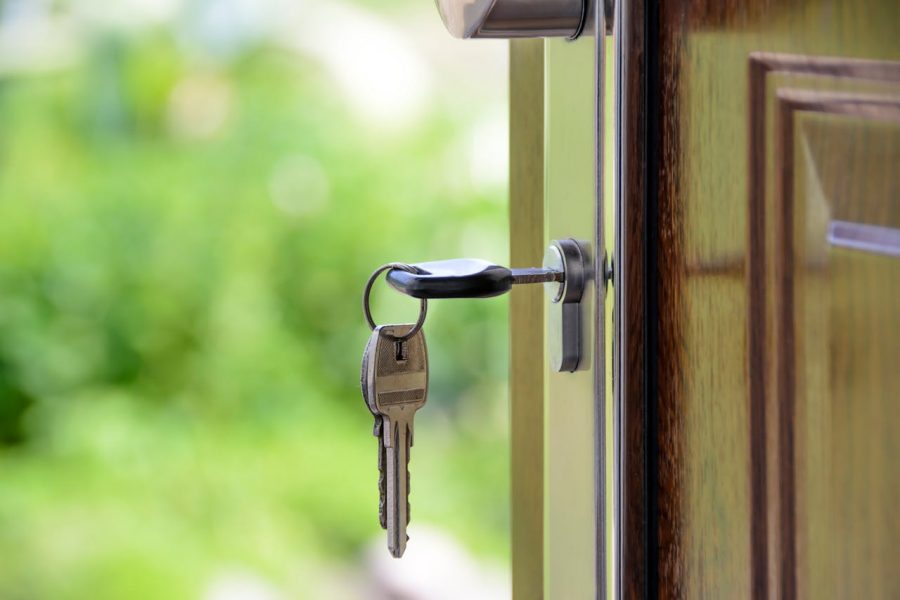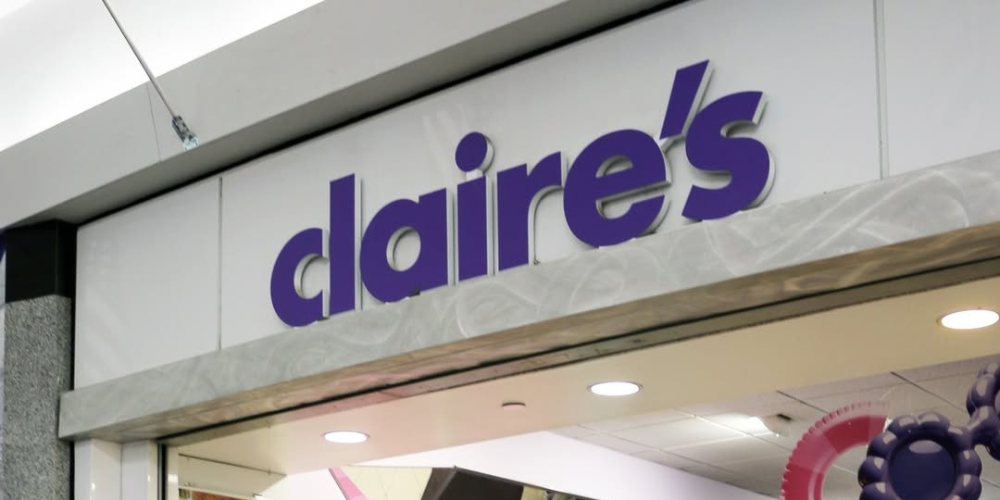For many young Americans, owning a home is still an important milestone. Generation Z—born between 1997 and 2012—is diligently entering the housing market, despite high prices and elevated mortgage rates. But while the Midwest offers some of the most affordable housing in the nation, it also carries hidden risks that could turn a bargain into a long-term financial strain.
Affordability Brings Gen Z to the Midwest
In 2024, Gen Z accounted for 13% of all homebuyers in the U.S., and one in four loans to first-time buyers went to this age group. However, location choices show a clear pattern—home purchases are concentrated where prices are still within reach.
States like Indiana, South Dakota, and Kentucky see nearly 30% of first-time loans going to Gen Z buyers. In contrast, high-cost coastal states such as California and New York report some of the lowest numbers.

Instagram | grandsothebysrealty | Gen Z is buying homes most frequently in states like Indiana and South Dakota.
Midwestern cities—Des Moines, Omaha, Youngstown, Dayton—rank among the most popular destinations. Home prices here are significantly lower than the national median:
Des Moines – $218,000
Omaha – $285,000
Youngstown – $110,000
Dayton – $149,500
These numbers make ownership possible for younger buyers who might be priced out elsewhere. Yet, affordability is only part of the equation.
The Weather Threat No One Is Talking About
While the Midwest isn’t facing hurricanes or rising seas, it lies in the heart of “Tornado Alley” and endures frequent severe storms, flooding, and hail damage. States such as Nebraska and Kansas—both popular with Gen Z homebuyers—are hit regularly by high-cost weather disasters.
Data from the National Oceanic and Atmospheric Administration (NOAA) reveals how quickly conditions have shifted:
Ohio – Annual billion-dollar disasters rose from 1.6 in the 1990s to 7.2 between 2020 and 2024
Illinois – Increased from 1.2 to 7.8 in the same period
Climate change is projected to make these events more frequent and unpredictable. For homeowners, that means rising insurance premiums are not a distant possibility—they’re an approaching reality.
Insurance Costs Are Climbing Fast
Between 2018 and 2022, homeowners’ insurance premiums increased nearly 9% faster than inflation. In just the past three years, they’ve jumped by an average of 24% nationwide. Analysts expect 2025 to bring further hikes.
When weather disasters strike, insurance companies often respond by increasing rates—or pulling back entirely. That pattern has already driven companies out of parts of Florida and California. If it extends into the Midwest, the financial fallout could hit new homeowners hard.
The Real Cost of “Affordable” Homes

Freepik | For many young Americans, owning a home is still an important milestone.
Affordable price tags sometimes hide expensive challenges. Repairs after storms, higher insurance premiums, and ongoing maintenance can all eat into budgets. Without enough coverage, property values can fall, stalling long-term wealth growth.
Data from Cotality shows roughly 10% of U.S. homes face severe hazard risks. Unfortunately, Gen Z buyers are often least aware of these risks when making purchase decisions, setting the stage for costly surprises.
Reducing the Risk Before Buying
While no one can control climate patterns, buyers can protect themselves:Review insurance costs early in the buying processStudy the area’s storm and disaster historyPlan financially for repairs beyond monthly mortgage paymentsStrengthen properties with protective upgrades when possibleSmart preparation reduces the risk of financial setbacks later.
A Cautionary Path Forward
The Midwest is still seen as a more affordable entry point into homeownership, but affordability has to be weighed against weather-related costs. Premiums, maintenance, and repair expenses are changing the equation.
The region can still offer financial stability, but only if buyers go in with eyes open. Today, preparation may matter as much as—or more than—the price of entry.










